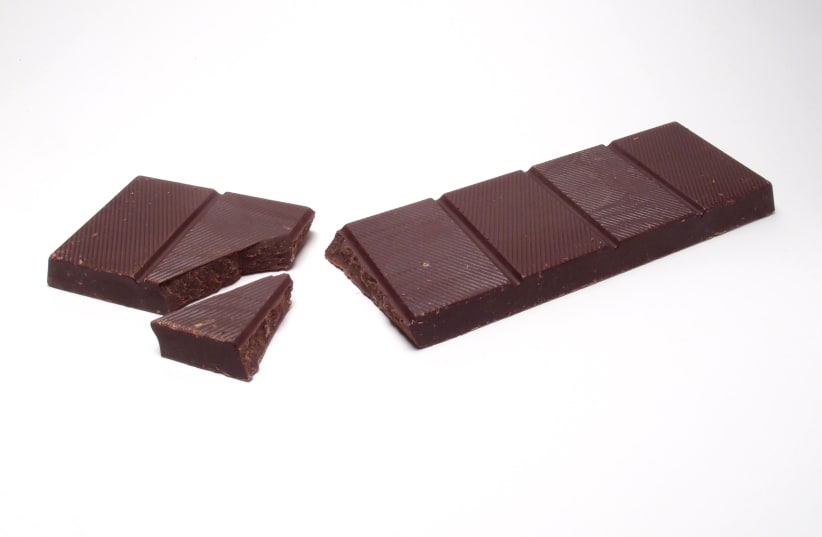Scientists from the University of Amsterdam, Delft University and Unilever have found a way to "optimize" the enjoyment of chocolate by 3D printing uniquely shaped and structured chocolate.
3D printers and metamaterials
In research published in the journal Soft Matter this week, the scientists explained that mouthfeel and sensory experience when eating foods is an important part of the design of food products.
While 3D printing has already been explored to shape the texture of foods, the use of metamaterials, materials that are not found in nature but are instead carefully constructed in a lab, has not.
Chocolate is a difficult material to work with as heating and cooling it down can drastically change how soft or hard it is in multiple directions. The scientists first had to figure out how to get the substance under control and did so by first carefully heating it up, then adding some cold chocolate, then cooling it down again before putting it in a 3D printer.
What is the best shape for chocolate?
The scientists tried a number of different shapes for their chocolate, starting out with an S-shaped chocolate. They then tested how the material cracked when bitten, checking both for the number of cracks and the sounds the cracking made. After a few attempts, the scientists realized that a spiral-shaped chocolate worked best, as it was easier to tune the number of cracks and how noticeable the cracks are in such a material.
The researchers also tested their chocolates on a panel of 10 untrained volunteers who were recruited by email and unaware of the purpose of the study. The volunteers were given a printed questionnaire with instructions on how to handle and bite the pieces using their molars. They were asked to rate each sample with a number between 1 and 5 for questions on how crunchy it was, how easy it was to bite and how they would rate their overall experience of eating the sample. The volunteers were also asked to estimate the absolute numbers of cracks felt when biting into the chocolate.
The researchers additionally found that they could use a mathematical model to optimize certain shapes of chocolates in terms of their resistance to crack when bitten from certain directions, among other parameters.
"The new research opens the door to ways to design foods that are enjoyable to eat – and more generally, to design materials that optimize the interaction between humans and matter," read an article on the research published by the University of Amsterdam's Institute of Physics.
